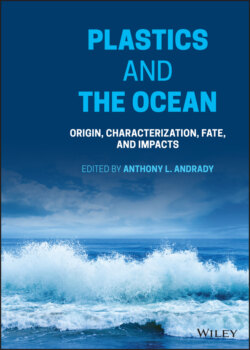Читать книгу Plastics and the Ocean - Группа авторов - Страница 37
Notes
Оглавление1 1 The term should really be “polyethylenes” because any given class of plastic such as PE includes many different grades of the same polymer that differ in their average molecular weight, molecular weight distribution, and polymer chain architecture such as the degree of branching. Despite the identical chemical structure, their key properties including strength, melting point and levels of crystallinity are very different.
2 2 Embodied Energy (EE) is the energy expended in making a unit mass of the material from feedstock or the ore and includes energy used in raw material extraction, product processing, transportation, construction, use/maintenance, and disposal or reuse.
3 3 The multibillion‐dollar plastic resin manufacturing plant coming up in Beaver County, Pennsylvania, is expected to produce 1.6 million metric tons of plastic pellets annually when it opens in 2022.
4 4 Taking the global warming potential of CO2 to be unity, that of methane is 28–36, nitrous oxide 265–298 and fluorocarbons is 104 or 105!
5 5 Fracking is a technology used to recover natural gas (or even oil reserves) from shale, sandstone, limestone, and carbonite. The fracking liquid (water with dissolved chemicals) pumped under high pressure into the deep vertical fracking wells can contaminate the water table as well as streams or lakes from the invariable leaks and spills. Air pollution due to release of gas (venting or flaring) during the process is also a serious problem. With a majority of the producing wells using hydraulic fracking the cumulative effect on the environment is believed to be very significant. But, it is the boom in fracking that guarantees low‐cost natural gas in the US.
6 6 Bioplastics market data. https://www.european‐bioplastics.org/market/. Accessed March 1, 2021.
